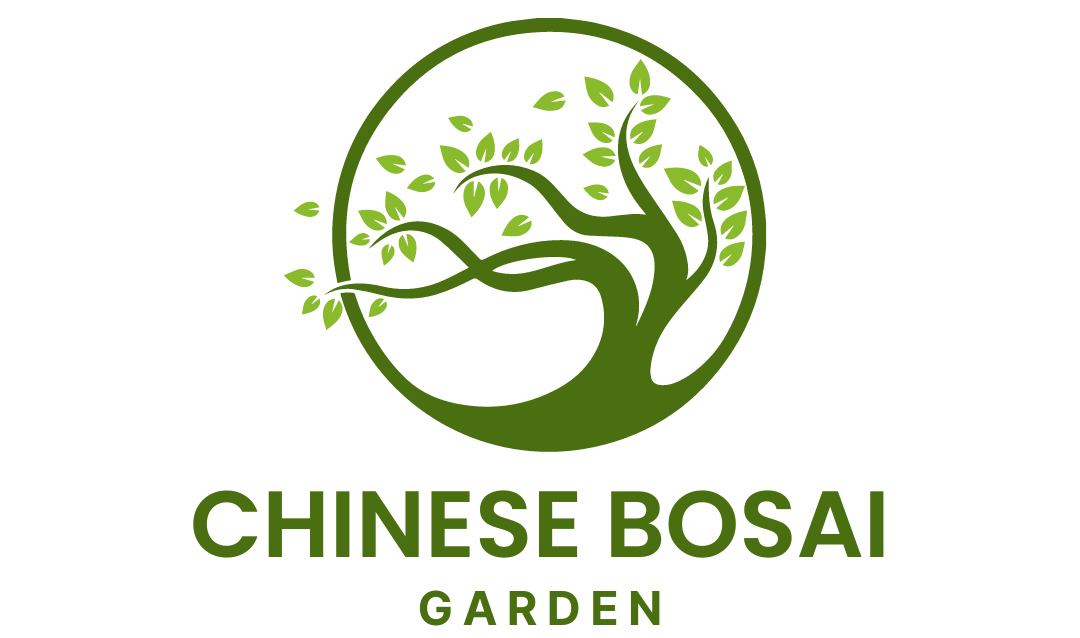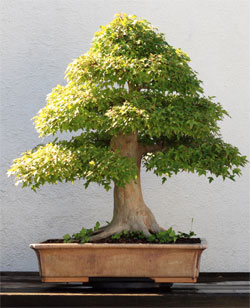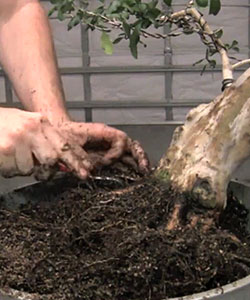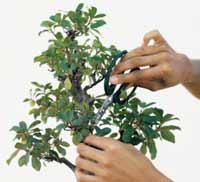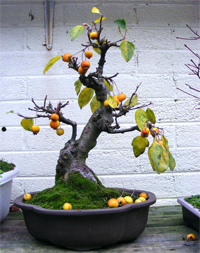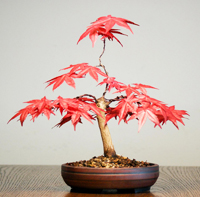How To Water Your Bonsai Tree
Bonsai trees like regular trees need water to survive. Most of the beginners run into a problem of overwatering or underwatering the tree. Don’t feel bad. We all have done it. We all killed a few trees before getting it …
